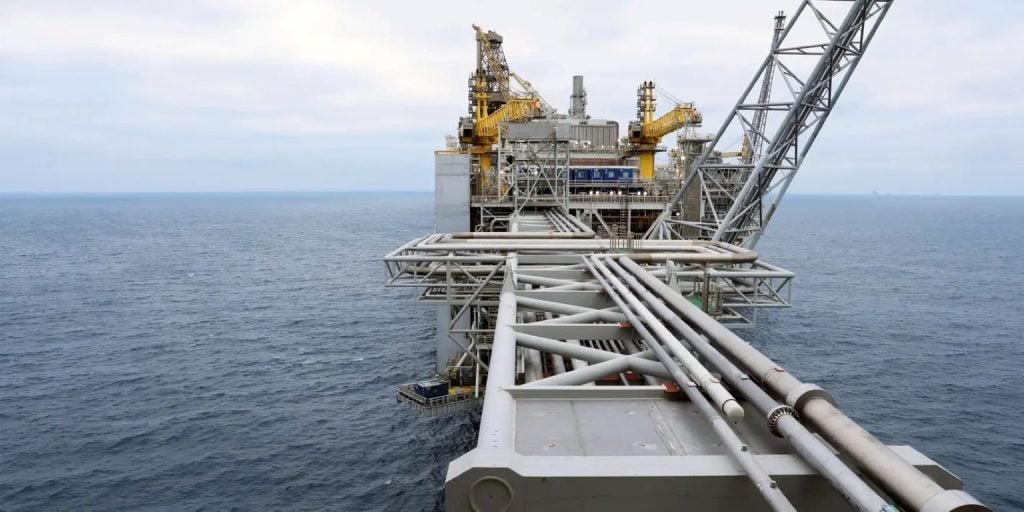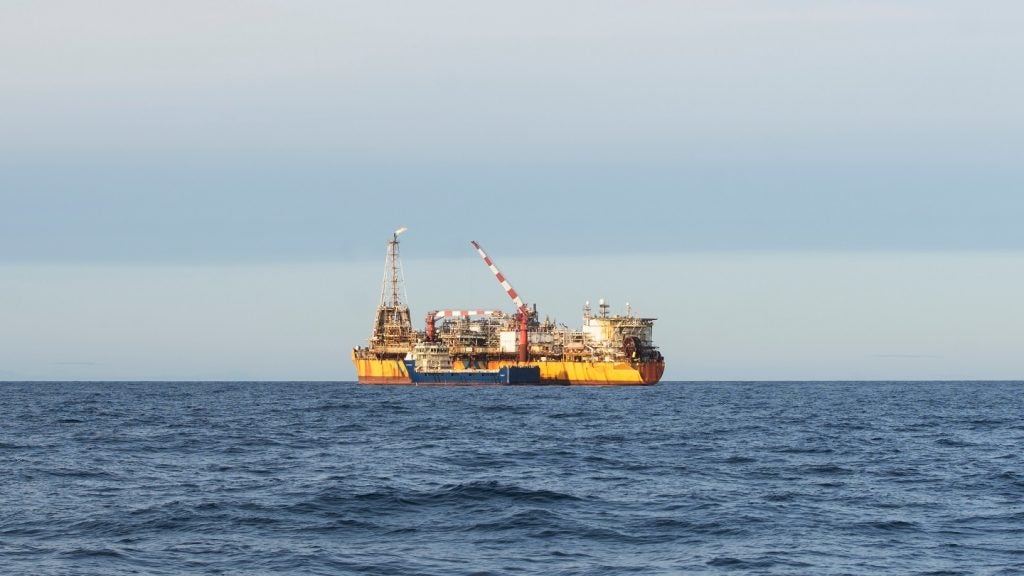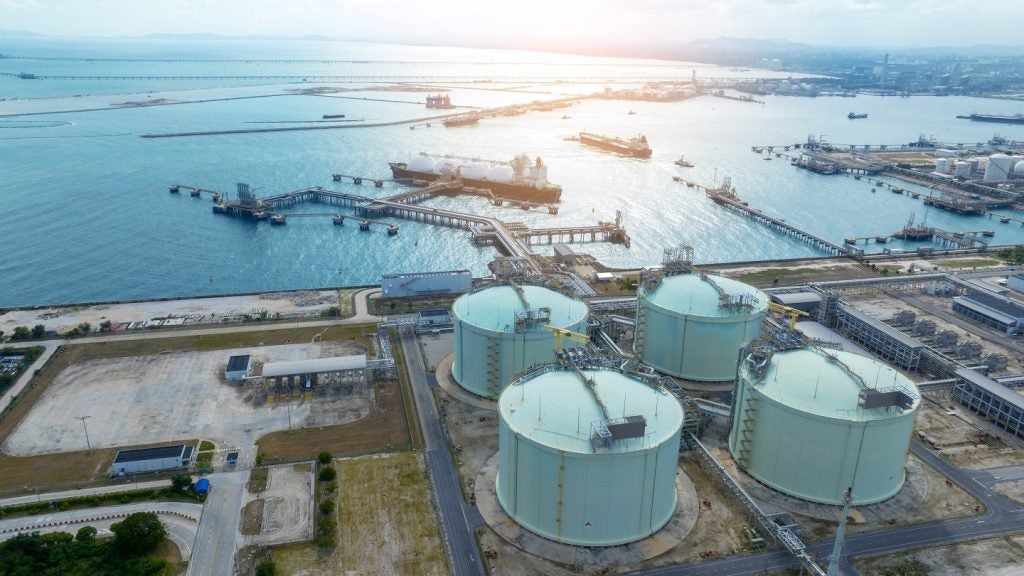Thunder Horse is a producing conventional oil field located in ultra-deepwater in the US and is operated by BP Exploration & Production. According to GlobalData, who tracks more than 34,000 active and developing oil and gas fields worldwide, the field is located in block Mississippi Canyon 822, Mississippi Canyon 821, and Mississippi Canyon 778, with water depth of 6,327 feet. Buy the profile here.
Field participation details
The field is owned by BP and Exxon Mobil.
Production from Thunder Horse
The Thunder Horse conventional oil field recovered 56.29% of its total recoverable reserves, with peak production in 2009. Based on economic assumptions, production will continue until the field reaches its economic limit in 2050.
About BP Exploration & Production
BP Exploration & Production Inc is a company engaged in oil and gas exploration & production.
See Also:
For more details on the Thunder Horse Conventional Oil Field, buy the profile here.
Premium Insights
From

The gold standard of business intelligence.
Blending expert knowledge with cutting-edge technology, GlobalData’s unrivalled proprietary data will enable you to decode what’s happening in your market. You can make better informed decisions and gain a future-proof advantage over your competitors.







